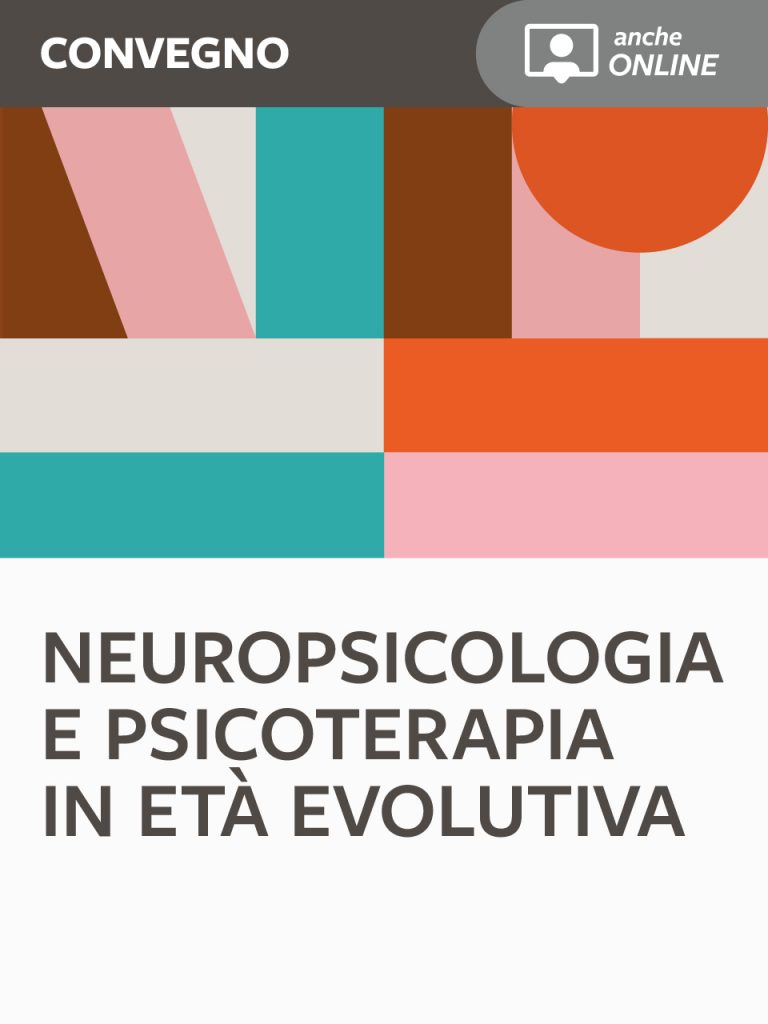Autism in families: What traits do parents and children share? A research paper in the field of the Broader Autism Phenotype (BAP)
Martina Pinzino, Elisa Santocchi, Jessica Barsotti, Gloria Scarselli, Sara Calderoni, Raffaella Tancredi, Filippo Muratori, Antonio Narzisi
The Broader Autism Phenotype (BAP) is a subclinical condition, characterised by behavioural, socio-communicative, cognitive and personality-related aspects, in which individuals exhibit traits associated with the symptomological criteria of Autism Spectrum Disorders. The main aim of our research, carried out with the PAMDPS (Day Service for Pervasive Developmental Disorders) of the IRCCS Fondazione Stella Maris di Calambrone (Pisa, Italy), was to identify and assess the entity of the BAP in a population of Italian parents of children who are aged 4 to 11 and have an Autism Spectrum Disorder (ASD), using the self-report version of the psychometric scale Autism-Spectrum Quotient (AQ) by Baron-Cohen (2001). Results show significant correlations between the parents, mostly the fathers, and their children with ASD. Cognitive level, more than the autism in itself, is a variable that could influence these correlations. In the sub-group of parents with BAP, significant correlations were those between (1) the mother’s age and the severity of their child’s ASD, which was observed using the comparison score of ADOS-2, and (2) between the mother’sAttention to detail scale and their child’s Attention to detail scale on the AQ. The importance of identifying the characteristics of the wide phenotype in parents of children with ASD may be relevant in implementing tailored psycho-educational strategies for parents. Identifying the presence of BAP in parents could therefore prove useful for formulating parent-coaching methodologies which also take into account such similarities between parents and children.
Keywords
Autism Spectrum Disorder, Autism-Spectrum Quotient (AQ), Broader Autism Phenotype (BAP), parents, children, family.

